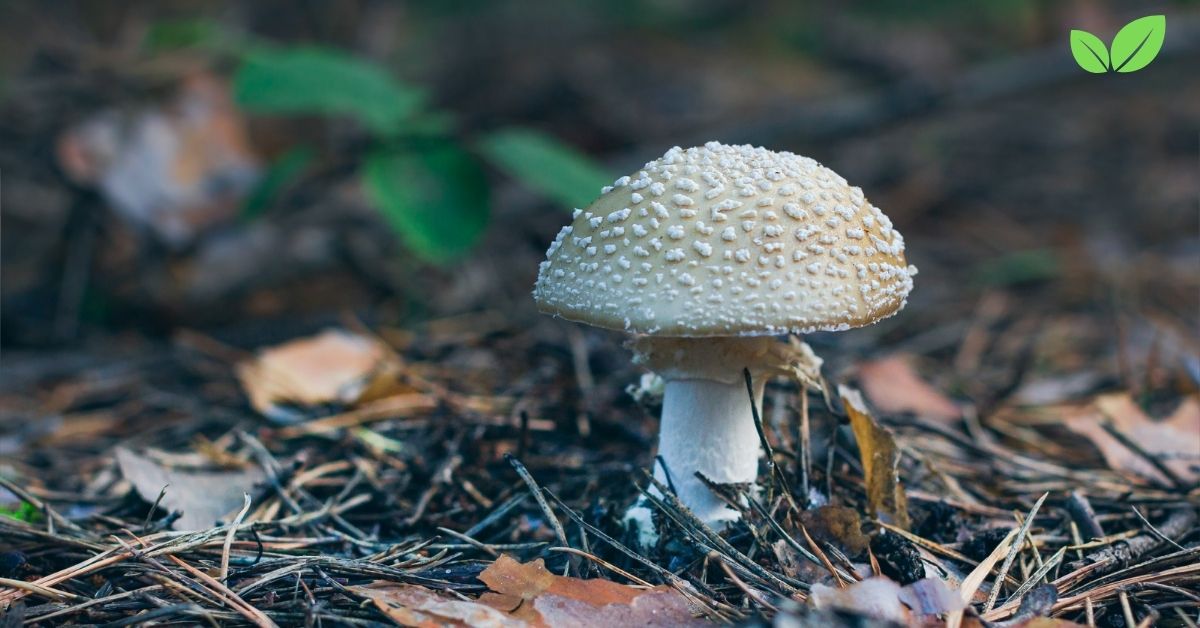White mushrooms South Carolina are a fascinating component of the state’s natural ecosystems. The humid subtropical climate of South Carolina provides an ideal environment for various species of white mushrooms, contributing to the region’s biodiversity and ecosystem health. In this article, we explore the environmental niche of white mushrooms in South Carolina, detailing their habitat preferences, ecological roles, interactions with other organisms, and their importance to both the local ecosystem and economy.
Introduction to White Mushrooms South Carolina
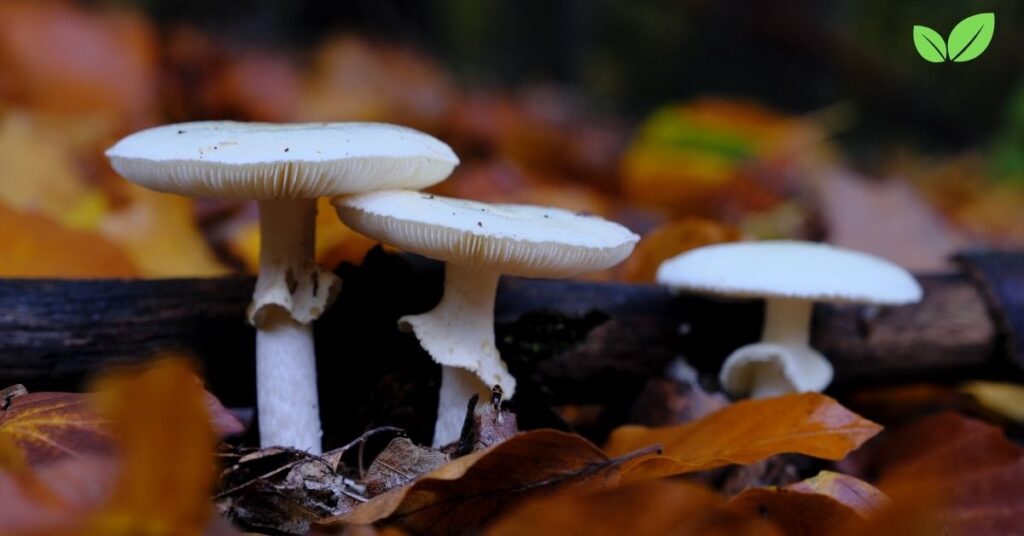
Mushrooms are the fruiting bodies of fungi, and white mushrooms South Carolina are integral to various natural processes. These mushrooms are found across South Carolina, from dense forests to open fields and even urban gardens. While the term “white mushrooms” can refer to several species, commonly found varieties include Agaricus bisporus (the common button mushroom), Amanita bisporigera (commonly known as the “Destroying Angel” due to its toxicity), and various species of Clitocybe and Russula.
White mushrooms in South Carolina play significant roles in nutrient cycling, mycorrhizal associations with plants, and supporting local wildlife. Understanding their environmental niche requires an examination of their habitat, climatic preferences, and ecological functions within South Carolina’s diverse landscapes.
Geographic and Climatic Overview of White Mushrooms South Carolina
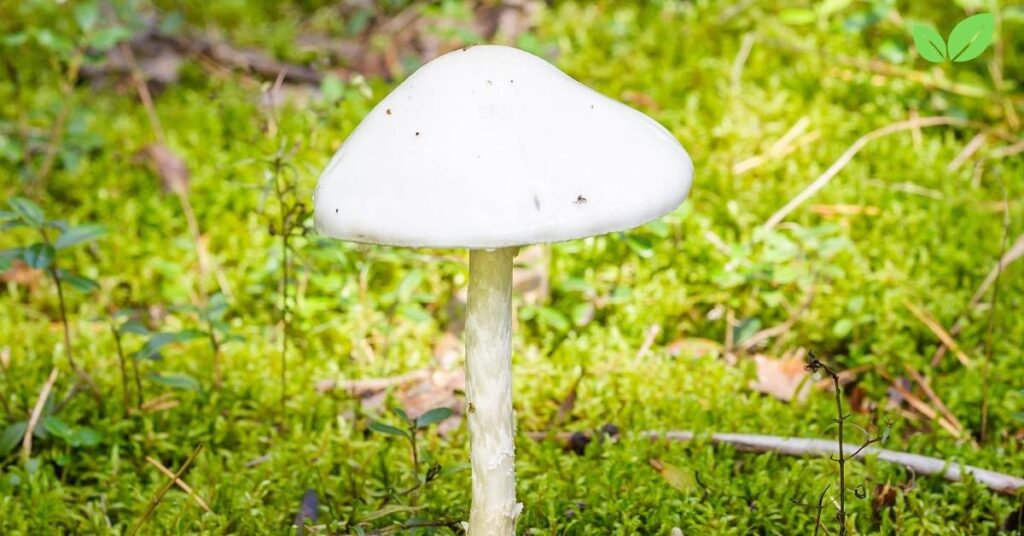
The Physical Landscape of South Carolina
South Carolina offers a variety of ecosystems that serve as habitats for white mushrooms. The state’s landscape ranges from the Appalachian Mountains in the northwest to the coastal plains in the southeast. Forests, wetlands, and fields are prime environments for the growth of white mushrooms in South Carolina, each offering different ecological niches.
South Carolina’s diverse forests, particularly those dominated by hardwoods and pines, provide an optimal environment for white mushrooms South Carolina. These forests contain rich organic matter, where mycorrhizal fungi form symbiotic relationships with tree roots. Open areas like meadows and pastures also provide fertile ground for these mushrooms to thrive in soil rich with decaying plant material.
Climate and Its Role in the Growth of White Mushrooms South Carolina
The humid subtropical climate of South Carolina, characterized by hot summers, mild winters, and ample rainfall, creates an ideal environment for white mushrooms South Carolina to grow. Mushrooms flourish in moist environments, and South Carolina’s average annual precipitation of 45-50 inches (115-127 cm) ensures that the soil stays damp enough to support fungal development.
White mushrooms South Carolina typically emerge after periods of rain, as moisture is essential for their spores to germinate and for their fruiting bodies to appear. The state’s humidity also plays a crucial role in sustaining mushroom populations, ensuring that they have the damp conditions they need to thrive year-round.
Habitat Preferences of White Mushrooms South Carolina
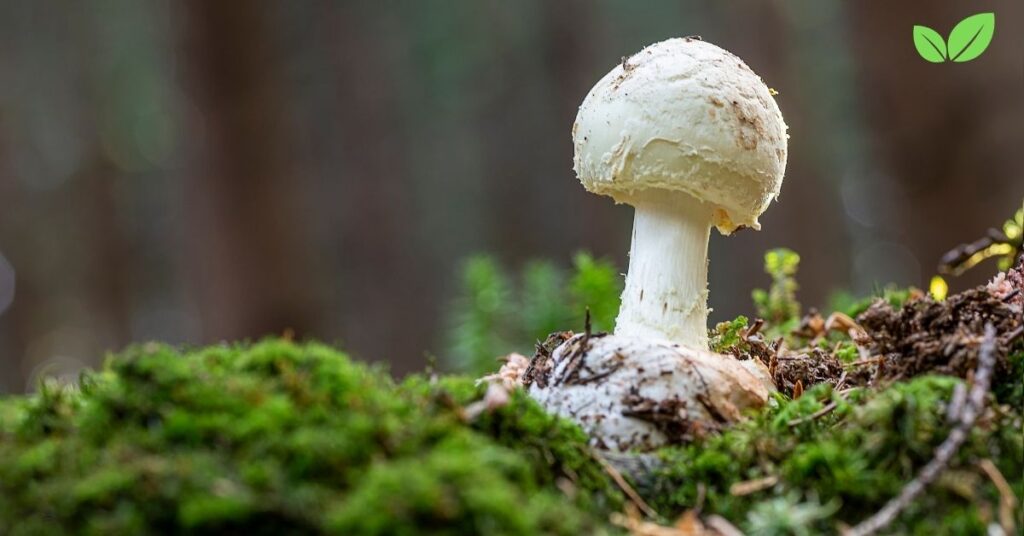
Forested Areas: The Ideal Habitat for White Mushrooms South Carolina
Forests are one of the primary habitats for white mushrooms in South Carolina. The state is home to a variety of forest types, including mixed hardwood forests, pine forests, and wetlands. Each forest type provides unique environmental conditions that support the growth of different species of white mushrooms.
Mycorrhizal Relationships in Forests
Many white mushrooms South Carolina form mycorrhizal associations with trees, benefiting both the fungi and the trees. The mycorrhizal fungi extend the root systems of trees, helping them absorb more nutrients and water from the soil, while the trees supply the fungi with carbohydrates produced through photosynthesis. This mutualistic relationship is critical for forest health, and many species of white mushrooms South Carolina are integral to these symbiotic partnerships.
Common mycorrhizal white mushrooms in South Carolina, such as Amanita species, form associations with oak, pine, and hickory trees, all of which are prevalent in South Carolina’s forests. The availability of these trees allows the mushrooms to thrive and contribute to the forest ecosystem.
Saprotrophic Mushrooms in Decaying Wood
In addition to mycorrhizal fungi, saprotrophic species of white mushrooms South Carolina also play a critical role in forest ecosystems. These mushrooms decompose organic matter, such as fallen leaves and decaying trees, recycling essential nutrients back into the soil. Clitocybe dealbata, for instance, is a white mushroom found growing on decaying wood and plant debris in South Carolina’s forests.
Saprotrophic white mushrooms South Carolina help maintain the health of forest ecosystems by breaking down dead organic material and replenishing the soil with nutrients. This process is vital for the growth of new plants and the overall sustainability of the forest.
White Mushrooms South Carolina in Meadows, Pastures, and Open Fields
Beyond forests, white mushrooms South Carolina can also be found in open habitats such as meadows, pastures, and fields. These environments provide a different ecological niche for fungi, but they still offer the necessary conditions for certain species to thrive.
Saprotrophic Species in Grasslands
Many saprotrophic white mushrooms South Carolina are found in grassy areas, where they decompose organic matter in the soil. Agaricus campestris, or the field mushroom, is one example of a species that commonly grows in South Carolina’s pastures and meadows. These mushrooms break down plant material, manure, and other organic matter, enriching the soil in these open areas.
Symbiotic Relationships with Grasses
While most mycorrhizal fungi are associated with trees, some species of white mushrooms South Carolina can also form symbiotic relationships with grasses. These fungi aid in nutrient absorption for the grasses, similar to their relationship with trees, and in return, the fungi receive carbohydrates. This partnership is crucial for maintaining the health of grasslands and pastures throughout South Carolina.
Urban and Suburban Environments: White Mushrooms South Carolina in Gardens and Lawns
White mushrooms South Carolina are not limited to wild forests and open fields; they also thrive in urban and suburban environments. In gardens, parks, and lawns, mushrooms often appear in mulched areas or rich, organically fertilized soil.
White Mushrooms in Mulched Garden Beds
In urban areas, white mushrooms South Carolina are often found in mulched garden beds, where decaying wood chips provide a perfect environment for saprotrophic fungi. Agaricus and Clitocybe species are among the most commonly found white mushrooms in these settings. Gardeners often notice these mushrooms after rainy periods, when moisture levels rise, creating favorable conditions for fungal growth.
Enhancing Soil Health in Urban Areas
In addition to their ecological role in forests and fields, white mushrooms South Carolina play an important role in improving urban soil health. By breaking down organic matter in gardens and lawns, these mushrooms contribute to soil enrichment and promote plant growth. Their presence in urban environments helps maintain healthy soils, even in heavily disturbed areas.
The Ecological Role of White Mushrooms South Carolina
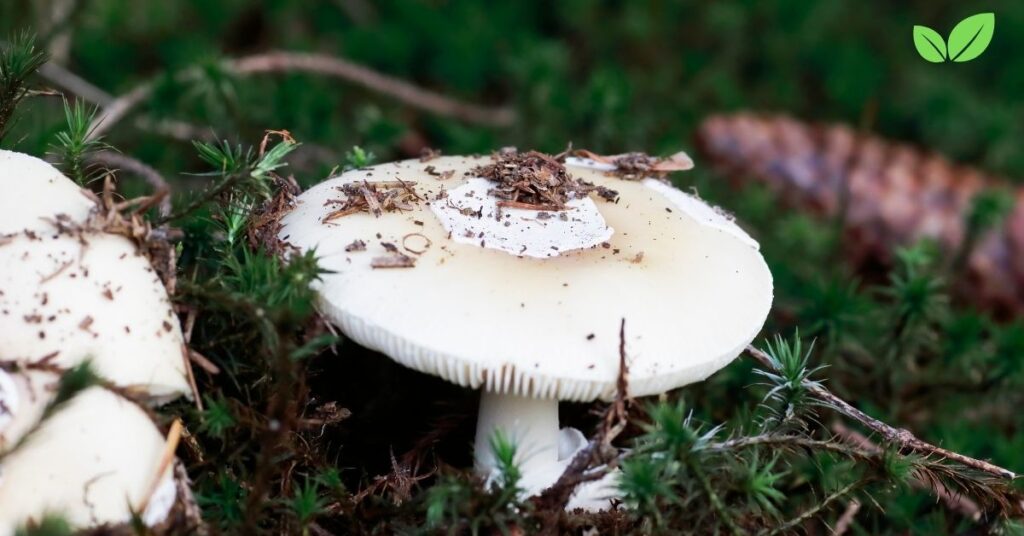
Decomposition and Nutrient Recycling
One of the most critical ecological roles of white mushrooms South Carolina is their role in decomposition and nutrient recycling. As saprotrophs, many species decompose dead plant material, returning essential nutrients to the soil. This process is fundamental for maintaining soil fertility and supporting plant growth in South Carolina’s diverse ecosystems.
Without white mushrooms South Carolina breaking down dead organic matter, the natural cycling of nutrients would be hindered, leading to a buildup of plant debris and a decline in soil health. These fungi play a vital role in ensuring that ecosystems remain productive and capable of supporting a wide range of organisms.
Mycorrhizal Relationships and Plant Health
Mycorrhizal white mushrooms South Carolina are essential for the health of many tree species in South Carolina. By forming symbiotic relationships with tree roots, these fungi enhance the trees’ ability to absorb nutrients and water, especially in nutrient-poor soils. This mutualism is vital in forest ecosystems, where nutrient availability can be limited.
In South Carolina’s forests, white mushrooms South Carolina that form mycorrhizal relationships with trees, such as Amanita species, help maintain the overall health of the forest by supporting tree growth and survival.
White Mushrooms South Carolina as a Food Source
White mushrooms South Carolina also play an important role in the food web. Various species of insects, small mammals, and even larger animals like deer consume mushrooms as part of their diet. Mushrooms provide an important source of nutrients for these animals, especially during the fall when mushrooms are most abundant.
Birds and small mammals often consume mushrooms and help disperse fungal spores throughout the forest, aiding in the reproduction of white mushrooms South Carolina and contributing to the spread of these fungi across different habitats.
Human Interaction with White Mushrooms South Carolina
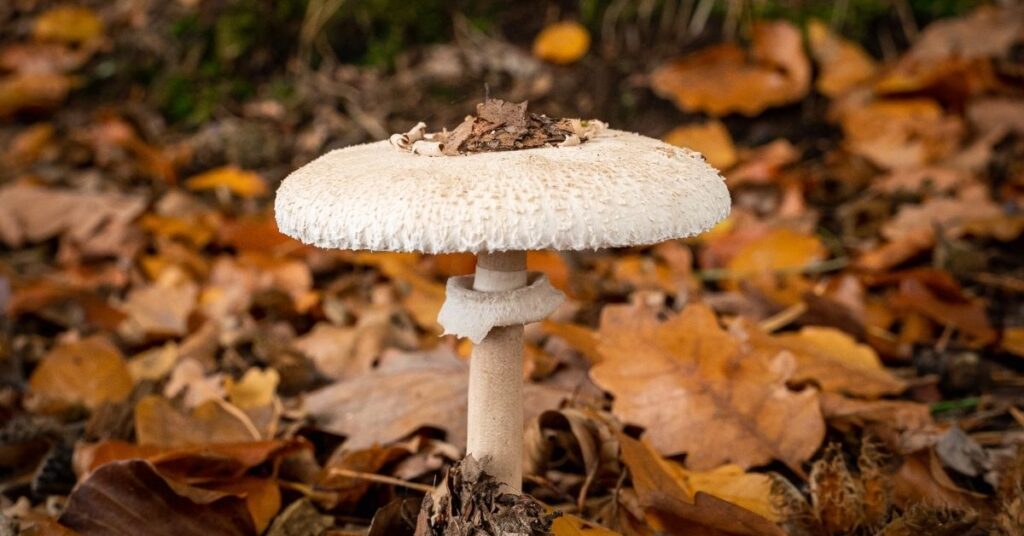
Edible and Toxic Species
White mushrooms South Carolina are sought after by foragers and mushroom enthusiasts, though caution is necessary due to the presence of both edible and toxic species. Edible species, such as Agaricus bisporus (commonly known as the button mushroom), are cultivated and enjoyed in a variety of culinary dishes. However, other species, such as Amanita bisporigera, are highly toxic and can be deadly if consumed.
Foraging for white mushrooms in South Carolina requires a thorough understanding of mushroom identification, as many species can look similar but have vastly different effects if ingested.
Economic Importance of White Mushrooms South Carolina
The cultivation and sale of mushrooms play a role in South Carolina’s agricultural economy. While large-scale mushroom farming is not as common as in other states, local farmers often grow edible white mushrooms, such as Agaricus bisporus, for sale at markets and restaurants. Wild foraging for edible mushrooms has also grown in popularity, contributing to the local economy.
White mushrooms South Carolina are valued not only for their culinary uses but also for their ecological benefits, contributing to sustainable agriculture practices by improving soil health.
Environmental Restoration and Mycoremediation
White mushrooms South Carolina also hold potential for environmental restoration, particularly through a process known as mycoremediation. Certain fungi are capable of breaking down environmental pollutants, such as heavy metals and chemicals, thereby detoxifying contaminated soils and water. Research into using white mushrooms for mycoremediation in South Carolina continues to grow, with the potential to mitigate the effects of agricultural and industrial pollution.
Threats to White Mushrooms South Carolina and Their Habitats
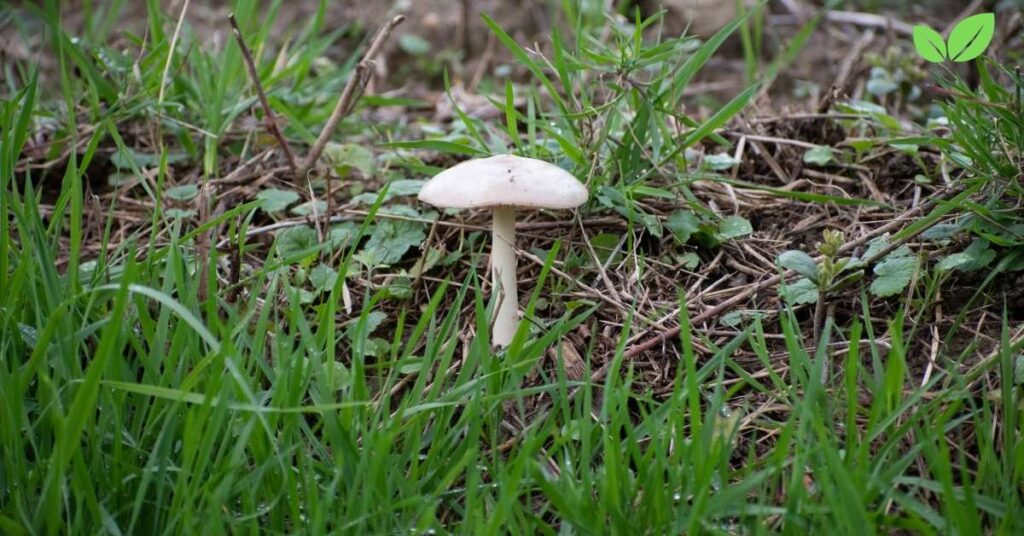
Habitat Loss and Land Use Changes
One of the primary threats to white mushrooms South Carolina is habitat loss due to deforestation, urbanization, and agricultural expansion. As forested areas are cleared or developed, the ecosystems that support fungal growth are disrupted, leading to a decline in mushroom populations.
Climate Change
Climate change also poses a significant threat to white mushrooms in South Carolina. Changes in temperature and precipitation patterns may alter the conditions necessary for mushroom growth. For instance, prolonged droughts or extreme weather events can reduce fungal fruiting or shift the geographic range of certain species. Monitoring the impacts of climate change on fungal populations in South Carolina is essential for future conservation efforts.
Conclusion
White mushrooms South Carolina occupy a critical niche in the state’s ecosystems, playing roles in nutrient cycling, plant health, and supporting local wildlife. Their environmental niche spans from forests and grasslands to urban gardens, illustrating their adaptability and ecological importance. By understanding the role of white mushrooms South Carolina in the environment and recognizing the threats they face, we can better protect these valuable fungi and ensure their continued contributions to the state’s biodiversity.
Read More: Honey Fungus Cultivation: A Guide to Sustainable Practices and Ecological Impact

